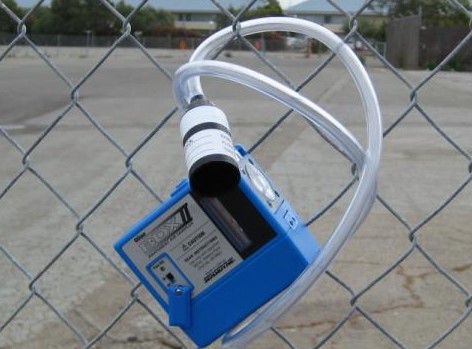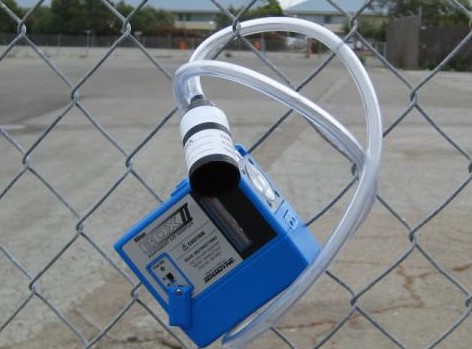
Asbestos is a naturally occurring mineral used extensively in building materials and other products due to its strength and fire-resistant properties. Yet, exposure to asbestos has been linked to deadly illnesses like mesothelioma and lung cancer. As a result, asbestos air monitoring is critical to ensure the safety of workers and the general public.
Asbestos comprises six naturally occurring minerals composed of thin, fibrous crystals. It has been used for many years in building materials, such as insulation, roofing, and floor tiles, as well as in other products, including brake pads and fire-resistant clothing.
Asbestos fibres can become trapped in the lungs when inhaled, leading to serious health problems. Lung cancer, mesothelioma, and asbestosis, a chronic lung ailment, have all been connected to asbestos exposure.
Air Monitoring for Asbestos
Testing the air for asbestos fibres is a step in environmental air monitoring for asbestos. Monitoring typically involves collecting air samples from various locations, including work sites, buildings, and the surrounding environment. Samples are analysed in a laboratory to determine the concentration of asbestos fibres in the air.
There are several types of air monitoring for asbestos, including personal and clearance air monitoring. Personal air monitoring involves testing the air around an individual worker to assess their asbestos exposure. Clearance air monitoring is conducted after asbestos removal to ensure the air is safe for re-occupancy.
Benefits of Air Monitoring for Asbestos
Environmental air monitoring for asbestos provides several benefits, including:
Ensuring Worker Safety: Environmental air monitoring for asbestos is essential to protect personnel who might be exposed to asbestos while at work. By monitoring the air for asbestos fibres, employers can identify potential exposure risks and take steps to mitigate those risks.
Protecting Public Health: Air monitoring for asbestos is also essential to protect public health. Asbestos fibres can travel through the air and pose a risk to people living or working near sites where asbestos is present.
Compliance with Regulations: Air monitoring for asbestos is often required by law, particularly in industries where asbestos exposure is a known risk. Compliance with regulations is essential to avoid legal liability and penalties.
Early Detection of Asbestos: Air monitoring for asbestos can also help detect the presence of asbestos fibres early before they become a significant health risk. Early detection can allow for prompt action to be taken to protect workers and the public.
Review: Another benefit of environmental air monitoring for asbestos is that it can help companies identify areas where improvements can be made in their asbestos management practices. Companies can make adjustments to lower the risk of asbestos exposure and enhance safety for their employees and the general public by studying the air monitoring results and evaluating their present policies. This can lead to a more proactive approach to asbestos management and a safer working environment for everyone involved.
Conclusion
Asbestos air monitoring is critical to ensure the safety of workers and the public who may be exposed to asbestos fibres. Employers can identify potential exposure risks by testing the air for asbestos fibres and take steps to mitigate those risks. Compliance with regulations is also essential to avoid legal liability and penalties. Early asbestos detection is also important to allow prompt action to protect workers and the public. Overall, air monitoring for asbestos is an important process that can help ensure the safety of workers and the public’s safety and prevent serious health problems associated with asbestos exposure.
